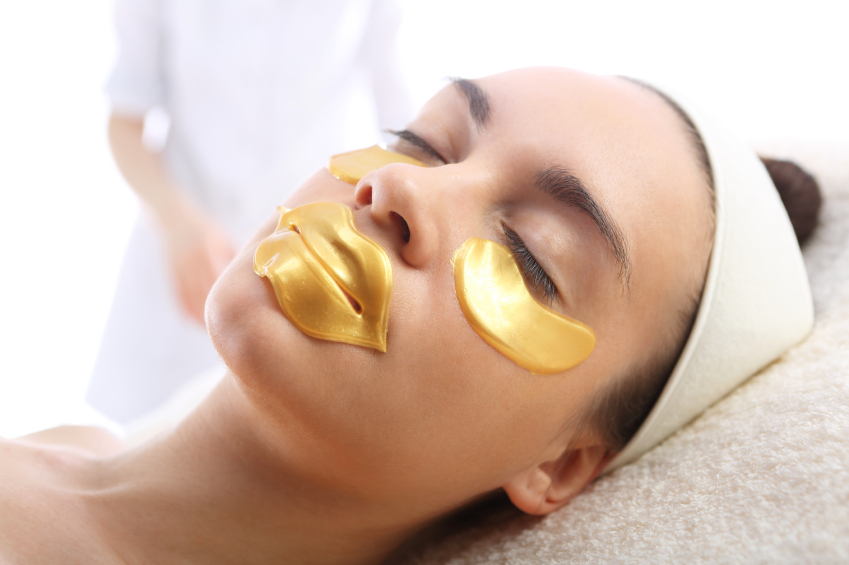Man’s love of gold extends over many, many centuries. There is some evidence that suggests that the first veins of gold were discovered as early as 40,000 BC. We do know, thanks to ancient records that gold was used for various purposes at least as early as 6000 BC. And, of course, the Egyptians were known to cherish gold in 3.000 BC.
But, it wasn’t just for the purpose of crafting jewelry, or even for the sake of making money, that people loved gold throughout history. History tells the story of the Ancient Egyptian ruler, Cleopatra, who would wear facial masks containing gold, because it was thought that it would help her maintain her youthful appearance.
The belief did not end with the Ancient Egyptian civilization. Still, today, people are known to use gold in their skin care routines, and the cosmetics industry has spent large sums on the purchase and use of gold. It is thought to assist with many of the most common skin conditions and complaints. Gold has even found its way into medical applications, referred to as chrysotherapy:
“treatment with gold salts, especially for rheumatoid arthritis; it is thought to work by affecting oxygen radicals or stabilizing lysosomes. The goals are to reverse, inhibit, or prevent damage to cartilage, bone, and other connective tissues.” – The Free Medical Dictionary
The claims that surround the use of gold for cosmetic applications are numerous. In general, it is thought that those treated with gold will walk away with greater skin radiance, and feeling energized by the experience. According to some of the more extravagant claims, the use of gold for treating the skin can activate basal cells, which means improved elasticity in the skin, fewer wrinkles and fine lines. Furthermore, there are suggestions that gold ions can stimulate blood flow and sebum production, which does away with dryness and improves overall skin health. So, it seems that, as long as men and women have a desire to prolong the effects of aging, gold prospectors can rely on this niche market.

